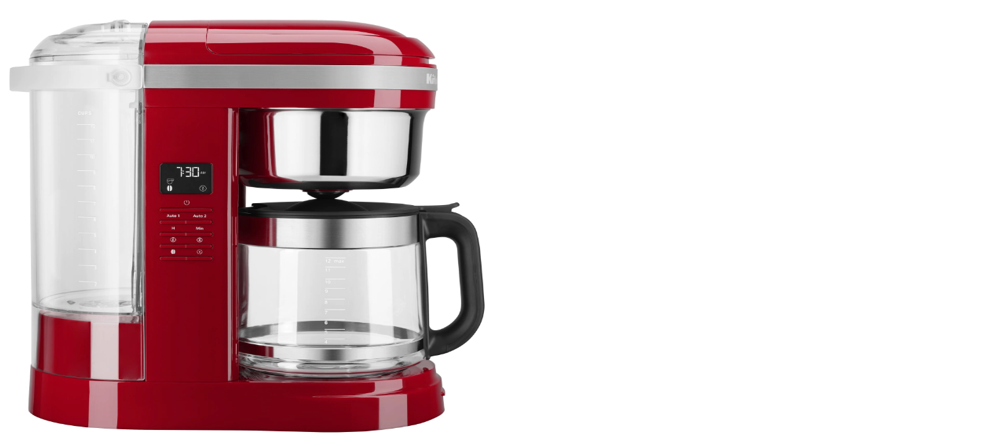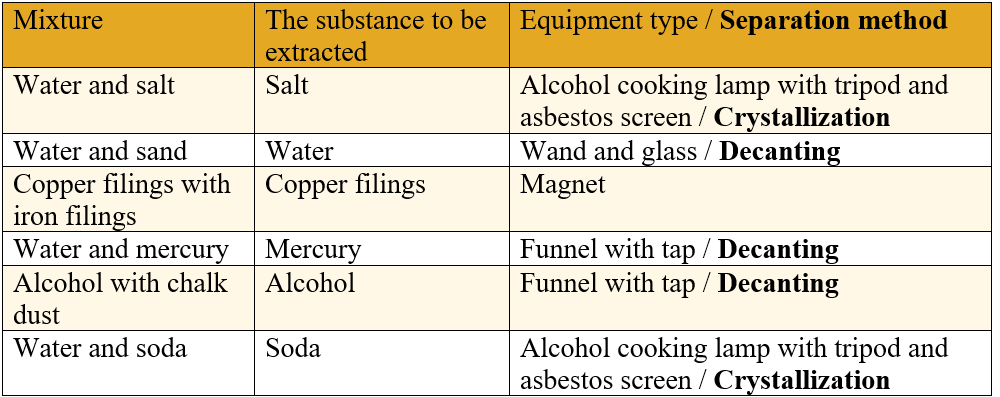II.2.2.2. Filtration
Filtration is the method of separating a solid substance from a heterogeneous solid-liquid mixture that have close densities, with the help of a filter material (filter paper).
When the density of the solid is much higher than that of the liquid in the mixture, we apply decantation, and when the density of the solid is similar to that of the liquid (the solid does not settle at the bottom of the liquid, but is scattered throughout the liquid) we apply filtration.
Required Materials:
1 Berzelius beaker, 1 Erlenmeyer beaker, rod, funnel, filter paper, water, sulfur powder (coal powder, chalk dust, cork grains, tea leaves, ground coffee, etc.).
Experiment description:
- Mix the water with the sulfur powder in the Berzelius glass.
- Fold the filter paper in four, separate one sheet from the others, apply it to the inner walls of the moistened funnel.
- The mixture is poured into the funnel on a glass rod inclined towards the side wall, towards the triple side of the filter.
- What do you notice?
I used filtration to separate the water from the sulfur powder.
Experiment conclusion:
Through filtration, I separated a solid substance from a heterogeneous solid-liquid mixture, with similar densities, with the help of a filter paper.
1. Drinking water filter (good for drinking).

2. Air filter (automotive, air conditioning, vacuum cleaners, industrial for the retention of polluting gases, etc.)

3. Automotive oil filter.

4. Coffee filter.

1. Tudor has the following tools at his disposal: Alcohol cooking lamp with tripod and asbestos sieve, magnet, funnel with filter, glasses, wand, funnel with tap.
What equipment is needed to extract each substance listed in column 2 (Substance to be extracted)? Write the answers in the table.
